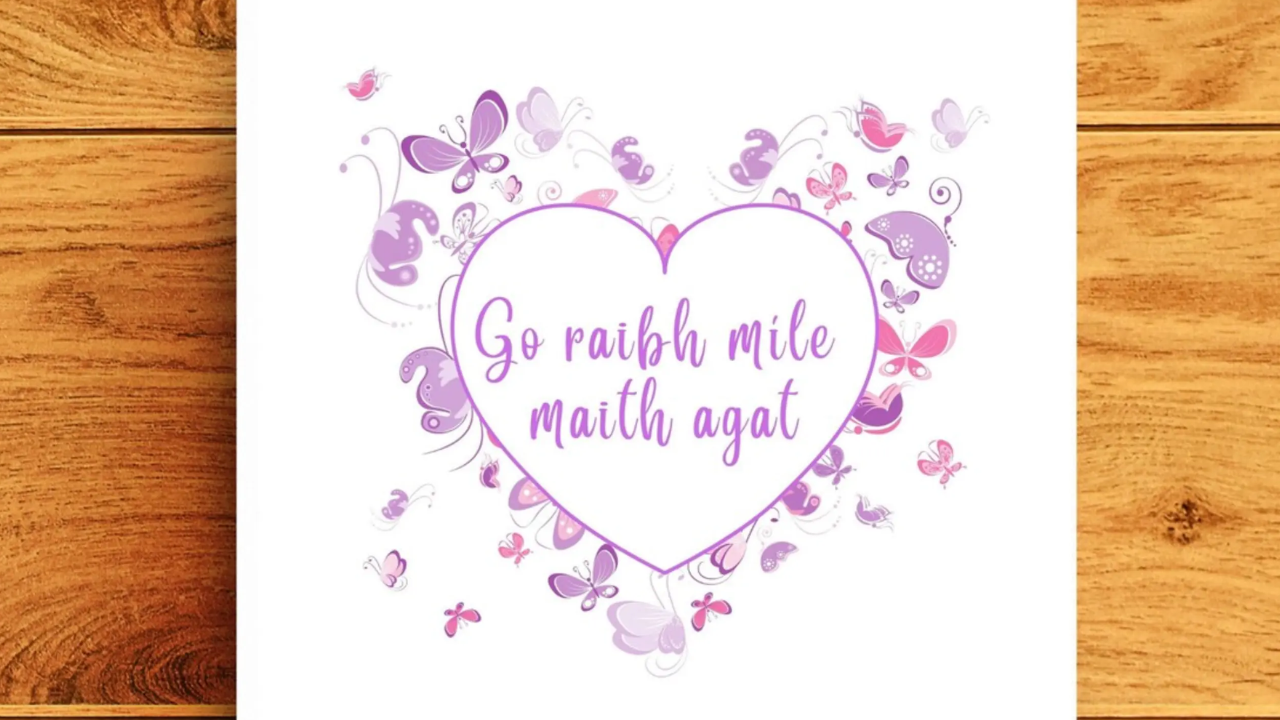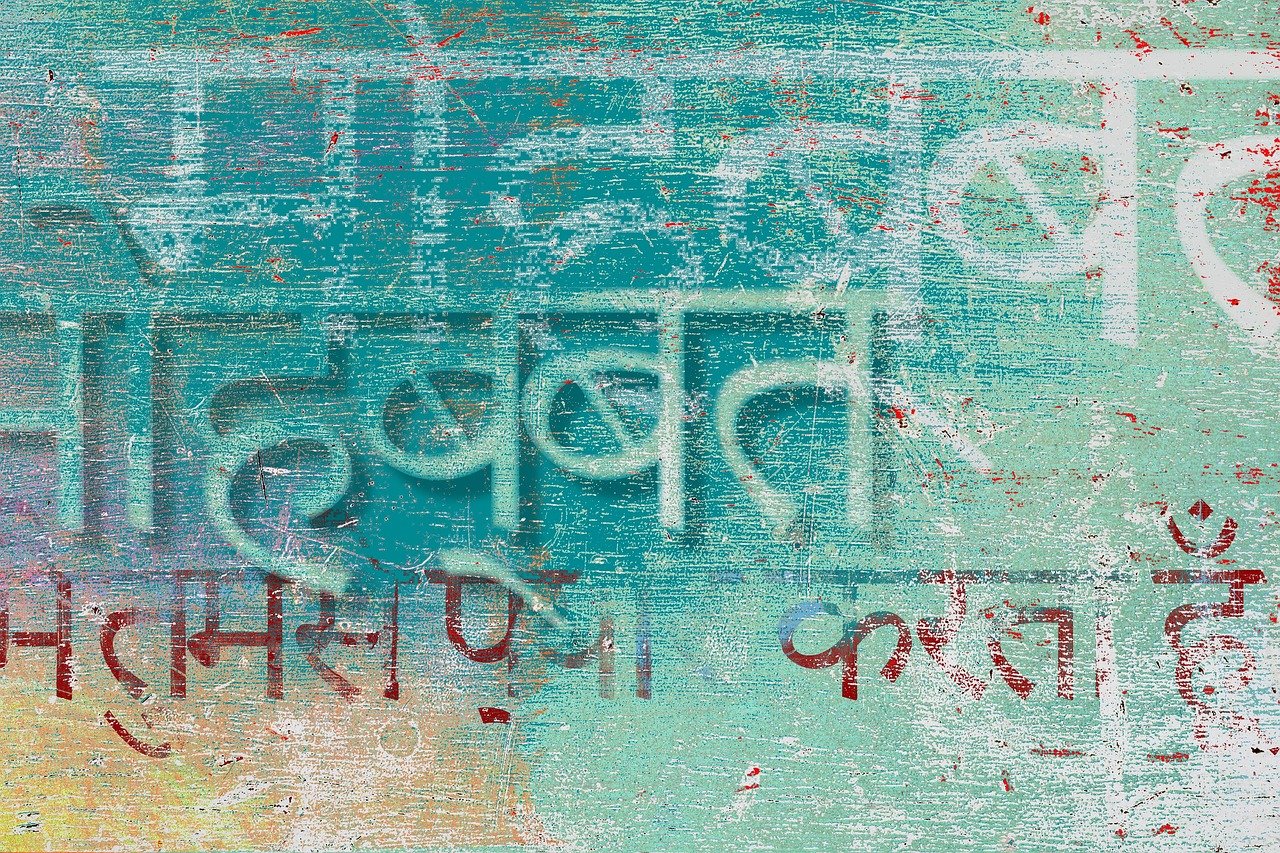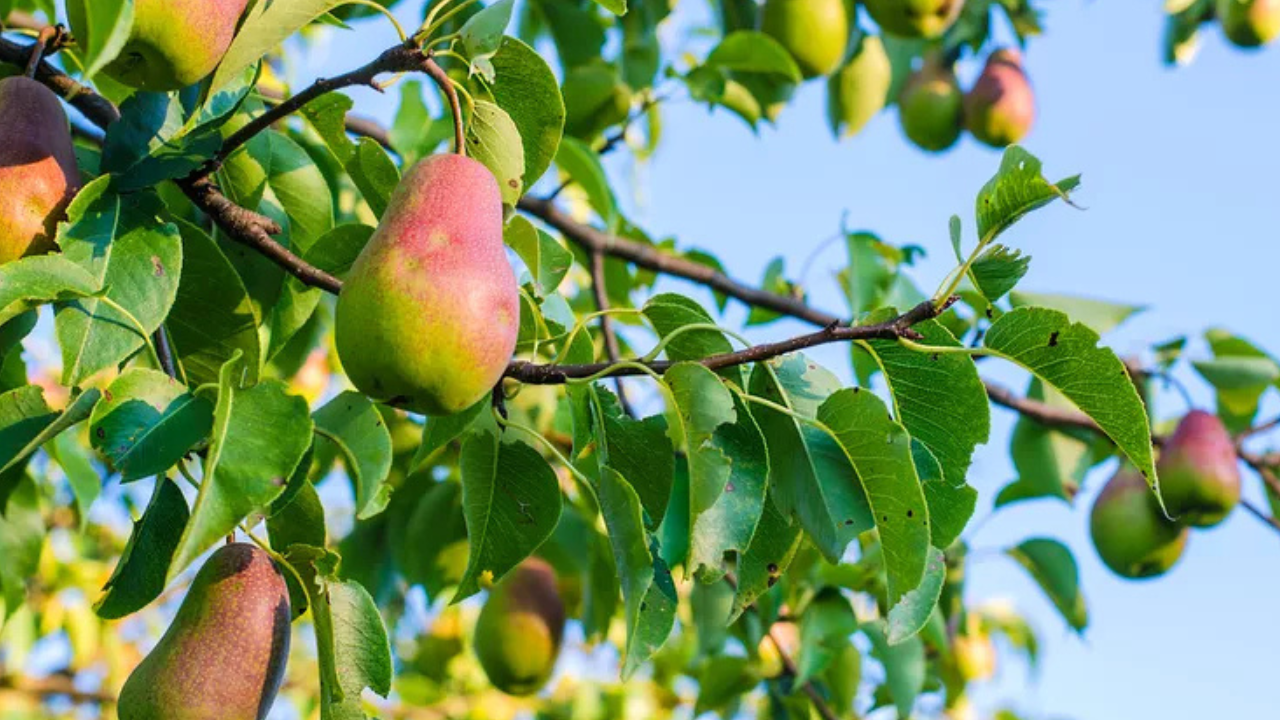Expressing gratitude is a universal gesture, but doing so in Irish Gaelic (Gaeilge) adds a special cultural richness. The phrase “Go raibh maith agat” (pronounced guh rev mah a-gut) is the most common way to say “Thank you” in Irish. Whether you’re visiting Ireland, learning the language, or simply exploring Irish heritage, understanding how and when to use this phrase will deepen your appreciation for the Irish language.
This guide will cover:
- The meaning and structure of “Go raibh maith agat”
- Correct pronunciation (with tips for English speakers)
- When to use it vs. alternative thank-you phrases
- How to respond when someone thanks you in Irish
- Cultural context and regional variations
By the end, you’ll be confident in using “Go raibh maith’s agat” naturally in conversation.
The Meaning & Structure of “Go Raibh Maith Agat”
Literal Translation
Breaking it down:
- “Go raibh” → “May there be” (a wish or blessing)
- “maith” → “good”
- “agat” → “at you” (singular)
So, “Go raibh maith agat” literally means “May there be good at you”, which functions like “May you be rewarded with goodness.”
Singular vs. Plural Form
- “Go raibh maith agat” → Thanking one person.
- “Go raibh maith agaibh” (pronounced guh rev mah a-giv) → Thanking multiple people.
This distinction is important in Irish, where verbs and pronouns change based on number.
How to Pronounce “Go Raibh Maith’s Agat” Correctly
Irish pronunciation can be tricky for English speakers, but here’s a simple breakdown:
Phonetic Guide
- Go raibh → guh rev (soft “g,” like “gut,” and “rev” rhymes with “slev”)
- maith → mah (like “ma” in “mama”)
- agat → a-gut (short “a” as in “cat,” “gut” like the English word)
Common Mistakes to Avoid
- “Go” is not pronounced like “go” in English—it’s softer, closer to “guh.”
- “Raibh” is not “ray-bh”—the “bh” makes a “v” sound.
- “Agat” does not rhyme with “hat”—the “a” is shorter.
Tip: Listen to native speakers (such as on TG4, Ireland’s Irish-language TV station) for natural pronunciation.
When to Use “Go Raibh Maith Agat”
Formal vs. Casual Situations
- Casual: Everyday thanks (e.g., when someone holds the door).
- Formal: Grateful acknowledgments (e.g., after a speech, receiving a gift).
Regional Differences
- In Connemara and Munster Gaeltachts, the pronunciation may slightly vary.
- Some dialects use “Buíochas” (Thanks) more casually.
When NOT to Use It
- When thanking a group, always use “Go raibh maith agaibh.”
- In very informal settings among friends, some may shorten it to “Maith agat!”
How to Respond to “Go Raibh Maith’s Agat”
When someone thanks you in Irish, you can reply with:
Common Responses:
- “Tá fáilte romhat” (Taw fawl-cheh roh-at) → “You’re welcome” (to one person).
- “Tá fáilte romhaibh” (Taw fawl-cheh roh-iv) → “You’re welcome” (to multiple people).
- “Ná habair é” (Naw ha-bur ay) → “Don’t mention it” (casual).
Alternative Ways to Say Thank You in Irish
While “Go raibh maith’s agat” is the standard, other phrases add variety:
Other Thank-You Phrases
- “Buíochas” (Bwee-khus) → “Thanks” (shorter, less formal).
- “Míle buíochas” (Mee-leh bwee-khus) → “A thousand thanks” (very grateful).
- “Go dtuga Dia maith duit” (Guh dug-uh Dee-ah mah ditch) → “May God give you good” (old-fashioned, poetic).
Cultural Significance of “Go Raibh Maith Agat”
Irish Hospitality & Gratitude
- Irish culture values politeness, and thanking someone properly is essential.
- In Gaeltacht (Irish-speaking) regions, using Irish phrases fosters connection.
Use in Media & Literature
- You’ll hear “Go raibh maith agat” in Irish films, songs, and radio (e.g., Raidió na Gaeltachta).
- Many Irish blessings (beannachtaí) include gratitude phrases.
Practical Tips for Using “Go Raibh Maith Agat” Naturally
- Start Small – Use it in daily interactions (e.g., thanking a cashier).
- Practice Pronunciation – Repeat after native speakers (try Forvo or Duolingo Irish).
- Learn Responses – Being able to reply in Irish makes conversations flow.
- Use It in Writing – Sign off emails with “Go raibh maith agat” for an Irish touch.
Conclusion: Embrace Irish Gratitude
Now that you understand “Go raibh maith agat”—its meaning, pronunciation, and cultural importance—you can confidently express thanks in Irish. Whether you’re visiting Ireland, speaking with Irish friends, or simply exploring the language, this phrase opens doors to deeper connections.
Try it today! The next time someone does something kind, smile and say: “Go raibh maith agat!”






